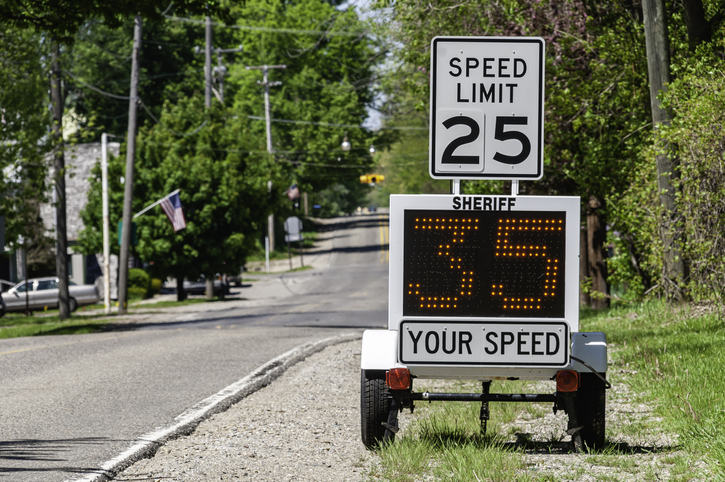Every day we see cars fly down Chicago highways and streets. Drivers are either in a hurry to get somewhere or speeding for the thrill of it. Our driving culture generally favors speed and convenience over safety. It’s evident in Illinois’ high speed limits. The maximum interstate speed limit in Illinois was raised to 70 mph in 2014. As of February 2020, state lawmakers have considered raising it to 75 mph.
Raising the speed limit may seem like a great way to keep traffic flowing, but it doesn’t come without consequences. That’s according to recent crash tests conducted by the AAA Foundation for Traffic Safety and the Insurance Institute for Highway Safety (IIHS) and Humanetics.
Injury risks linked to increased speed
Researchers conducted the crash tests at impact speeds of 40, 50 and 56 mph. AAA and IIHS found that slight increases in speed increased the risk of a serious or fatal injury in a crash. Raising the speed limit poses a risk because many drivers have the tendency to exceed the speed limit by about 5-10 mph. They often do it without realizing it. According to a 2019 IIHS study, nearly 37,000 traffic fatalities over 25 years were linked to speed limit increases.
The crash tests involved three 2010 Honda CR-V Ex crossovers with crash dummies situated in the driver’s seat. The first crash test was conducted at an impact speed of 40 mph. This resulted in some intrusion into the driver’s space. When the impact speed was increased to 50 mph during the next crash test, there was considerable damage to the driver’s side door, dashboard and foot area.
The last test was done at an impact speed of 56 mph, which resulted in significant damage to the crash test dummy. Neck injuries and possible fractures to the lower leg were registered by the dummy’s sensors. At impact speeds of 50 and 56 mph, the dummy’s head went through the deployed airbag due to an upward movement of the steering wheel. After taking measurements from the dummy, researchers determined that facial fractures and serious traumatic brain injuries were likely.
Why small increases in speed matter so much
IIHS president Dr. David Harkey explains why small increases in speed place vehicle occupants in greater harm.
“Higher speed limits cancel out the benefits of vehicle safety improvements like airbags and improved structural designs,” said Harkey. “The faster a driver is going before a crash, the less likely it is that they’ll be able to get down to a survivable speed even if they have a chance to brake before impact.”
How our Chicago attorneys investigate speed-related crashes
You need strong evidence in order to build a strong car accident case. The Chicago car accident attorneys at Coplan + Crane investigate speed-related crashes by gathering the following evidence:
- The official police report – Speeding citations in the report will indicate that the at-fault driver was speeding.
- Statements from witnesses – Witnesses who stopped to help may have seen the driver speeding before the crash.
- Evidence collected from a crash reconstruction expert – This may include photos, vehicle damage, tire marks and other physical evidence.
- Surveillance camera footage – This type of footage isn’t always easy to come by, but can be crucial to proving fault.
- Admittance of fault – Some at-fault drivers will come clean about how they caused a crash.
Our attorneys will leave no stone unturned when gathering evidence to support your case. We’ll also fight to help you recover every dollar in economic and non-economic damages. If you’ve been injured in a crash, we’d be glad to discuss your legal options during a free case evaluation. Contact us online or call our Oak Park or Rockford law office to get started.
















